Advertisement
Box Call
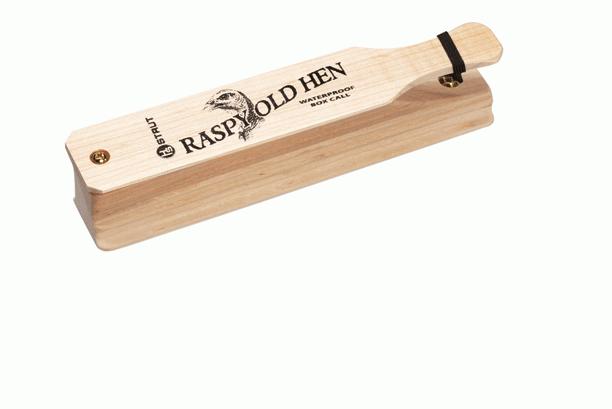
This is my go-to call when I’m prospecting for toms or working birds into mid-range, making it my single-most important call. It’s little more than a wooden box with a hinged paddle that scrapes across the raised sides to produce sounds remarkably similar to those made by female turkeys. As a locator call, it projects farther than any other call. And with practice, it produces everything from excited yelps to soft purrs.
Locator Call
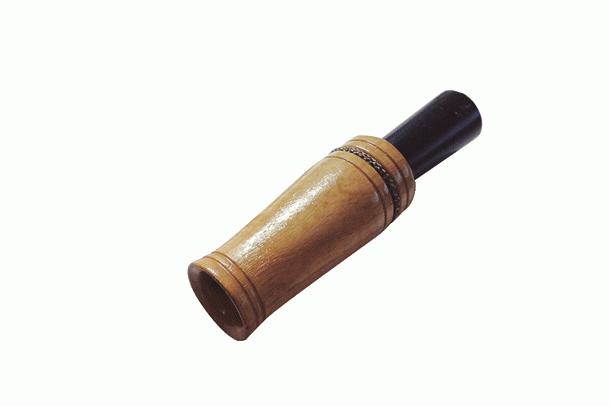
Another call I won’t leave behind is an owl or crow call, especially if I’m prospecting. In the half-light of early morning, a raucous hoot or caw will often trigger an insane bout of gobbling from a roosting tom, giving away his location. Shaking a gobbler, or bellows, call to imitate the gobble of a male turkey, will do the same.
Advertisement
Pot Call
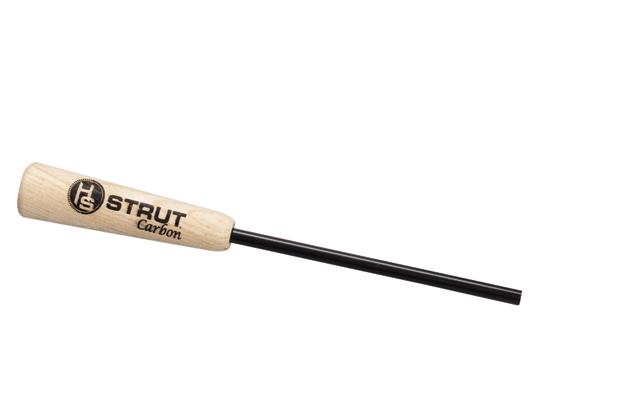
For closer work, I switch to a pot call, which is a shallow wooden or plastic cup—the pot—with a cover made of slate, sandblasted glass, aluminum or copper. The sounds are made by scraping the tip of a striker across the surface of the disc at just the right angle. This requires little movement and produces softer sounds for working a bird into shotgun range. I carry three different strikers, each of which produces a slightly different sound.
Diaphragm Call
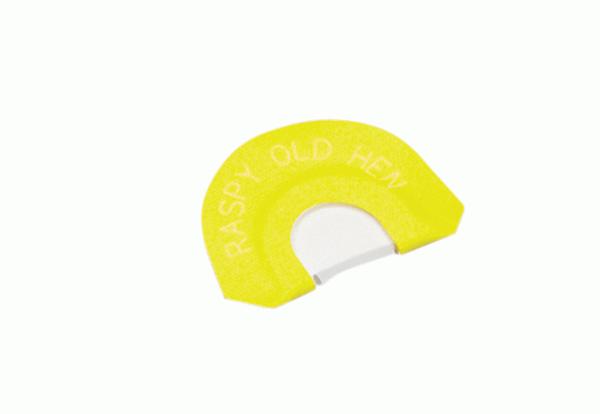
Also known as a mouth call, the diaphragm mimics a wide range of turkey vocalizations, making it essential when any hand movements will otherwise betray your presence. As it must be positioned and shaped just right in your mouth to produce the desired sounds, this call takes a bit of getting used to. Some hunters are uncomfortable with the vibration, but double-reed diaphragms eliminate most of the tickle.
Other Calls
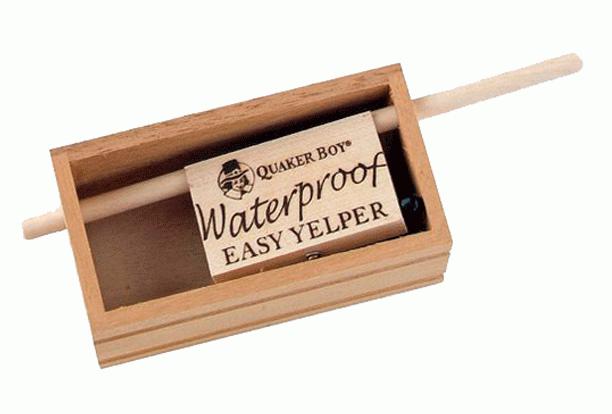
If you really can’t tolerate the diaphragm, a tube call is an option. However, it just doesn’t sound as realistic to me. An alternative to the mouth call is the push-pull call, which makes sounds similar to those of the box call when the plunger is pushed back and forth. With minimal movement, you can get remarkably birdy purrs, and the cluck will get a tom’s head up right when you want it.
Advertisement
Talking Turkey
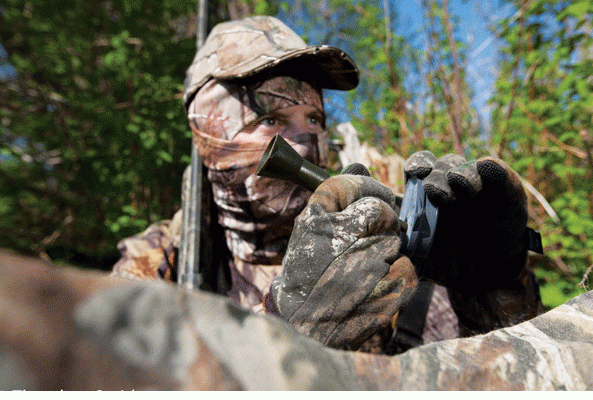
Every turkey hunter has had a tom hang up just out of range. On the flip side, most of us have also known the satisfaction of coaxing in a suspicious long beard with our calls. I admit being a touch obsessive about my collection of calls and the many hours I spend practising. But to me, nothing matters more on a May morning in the hardwoods than hitting just the right notes at the right time. And for that, you need the right call for the job at hand.
